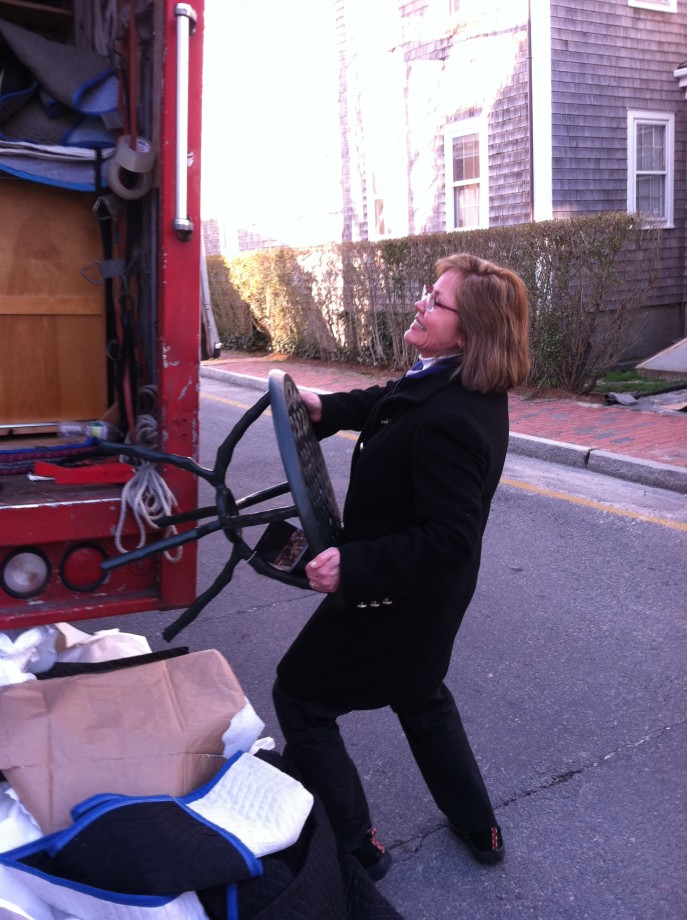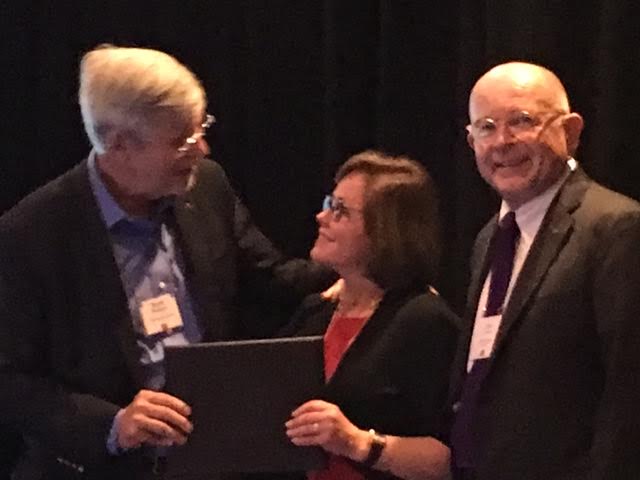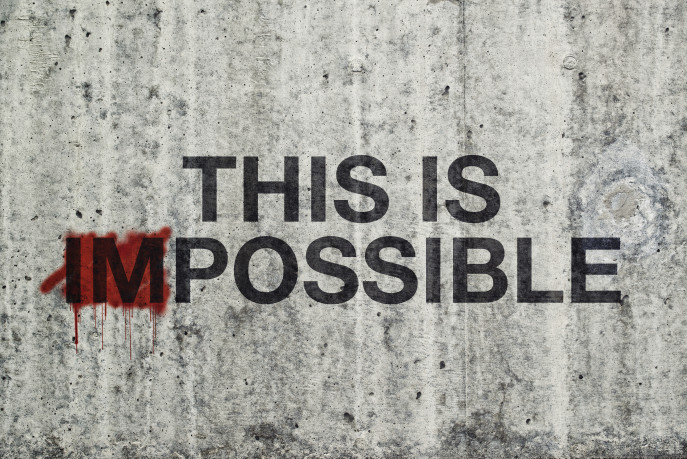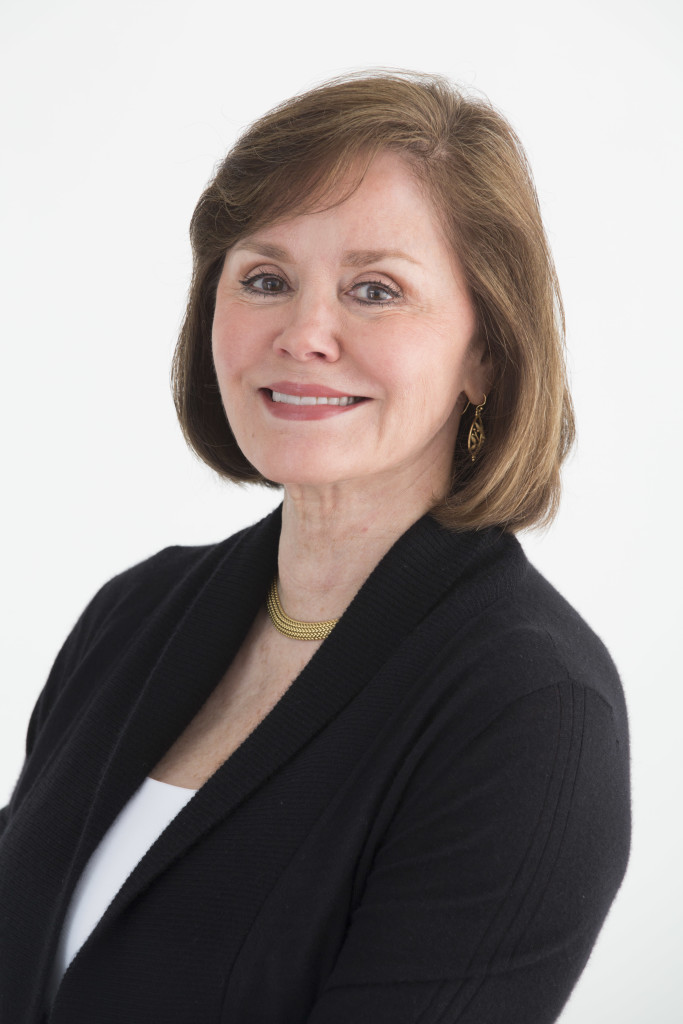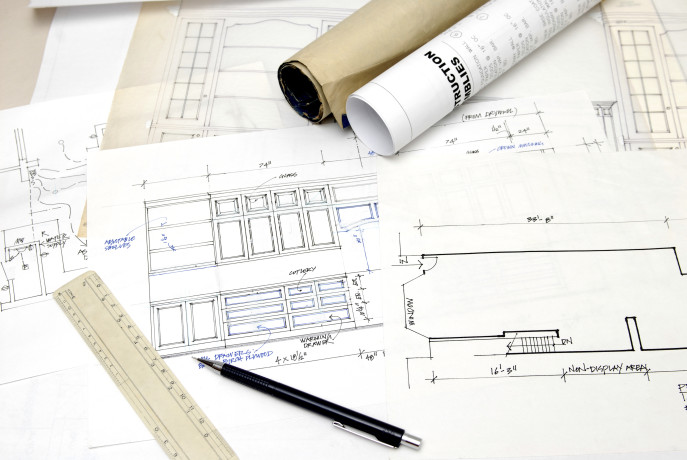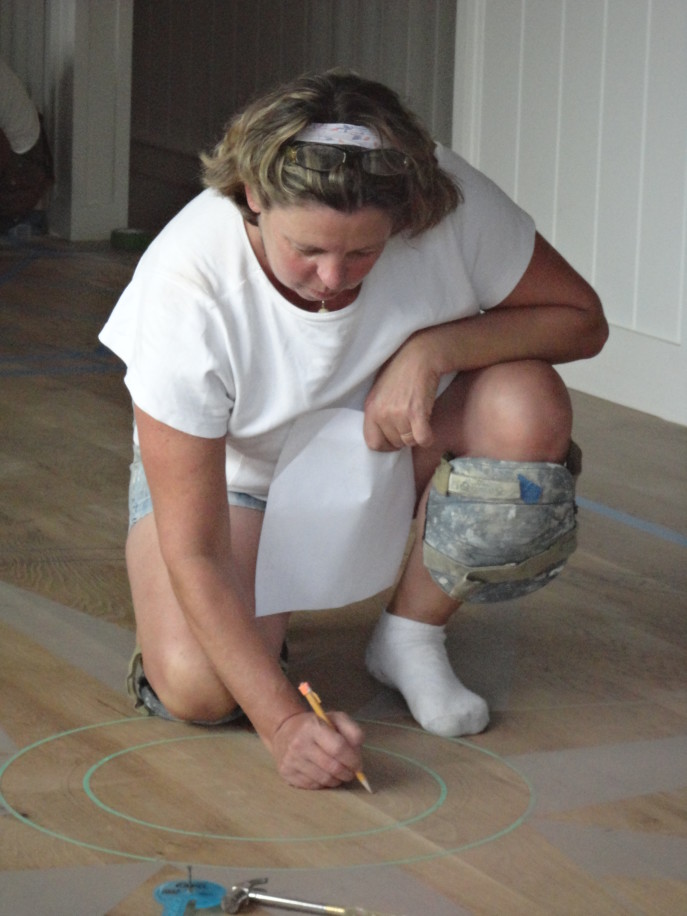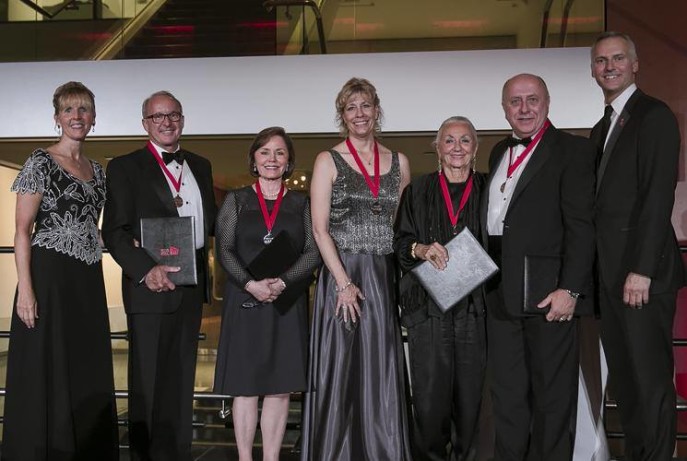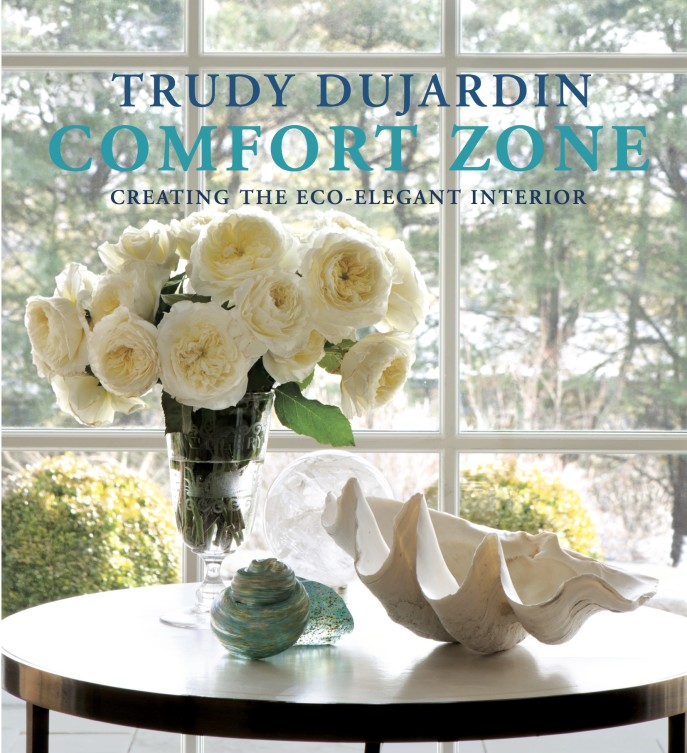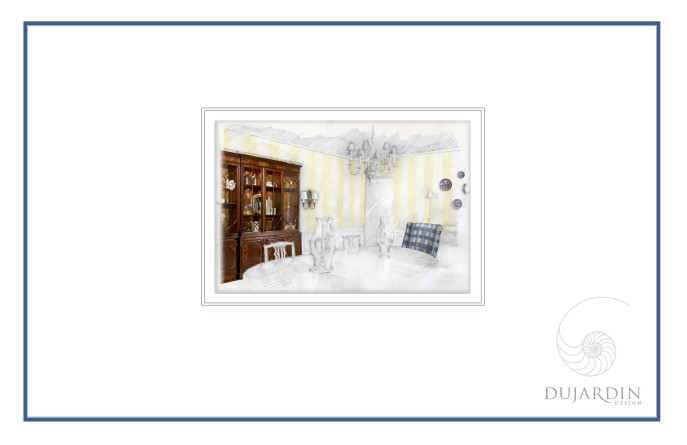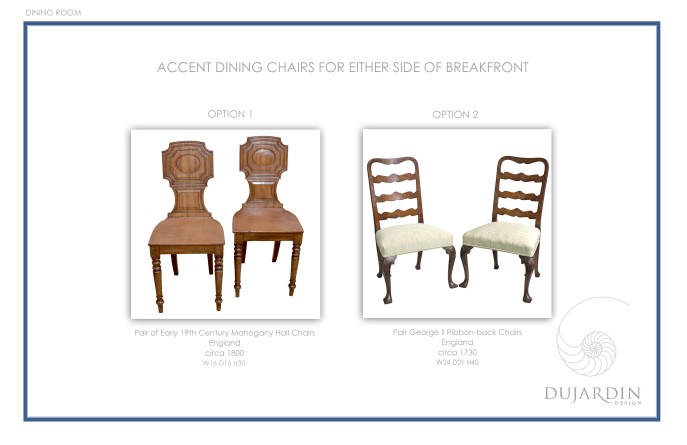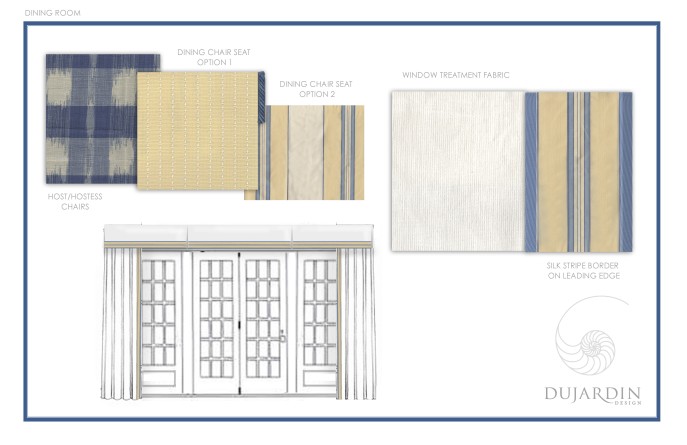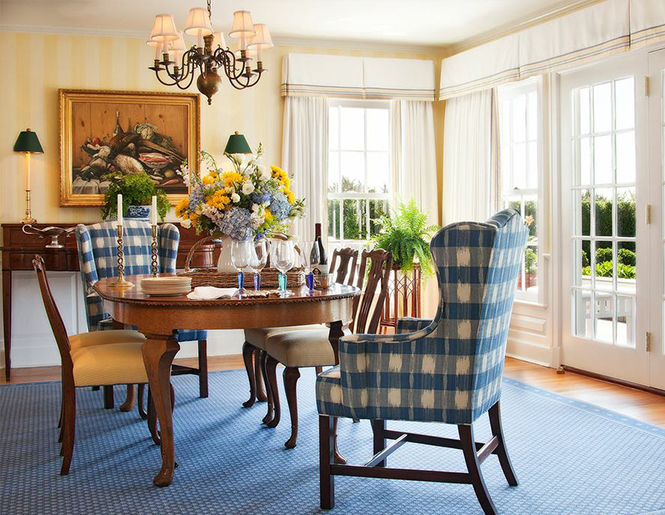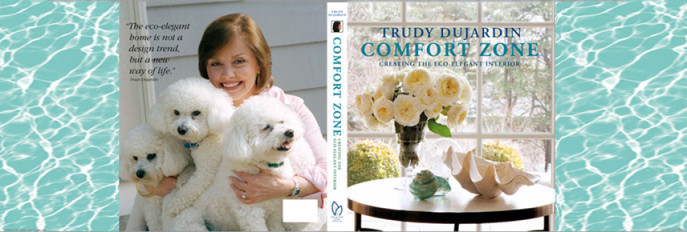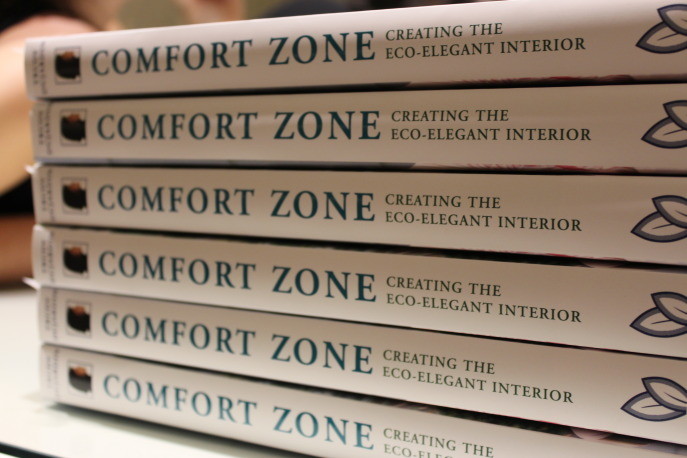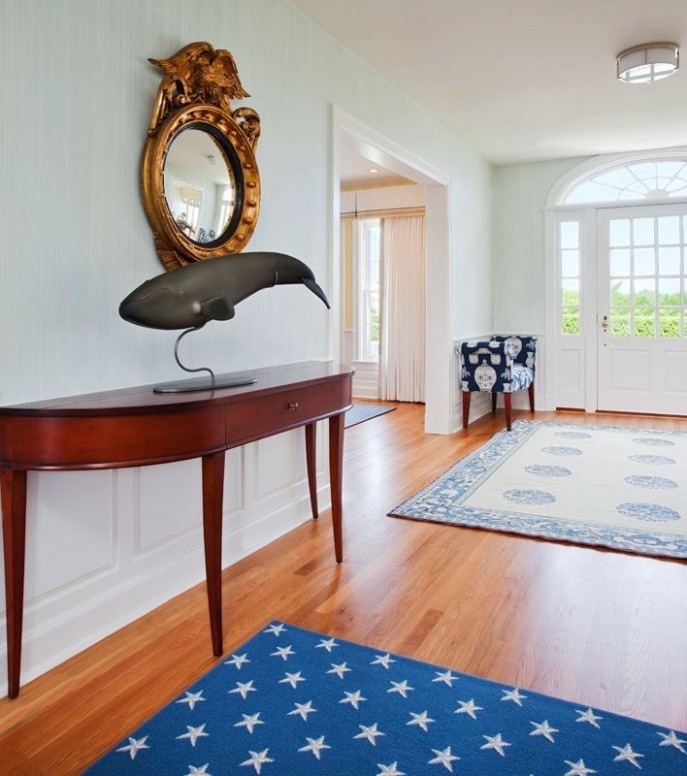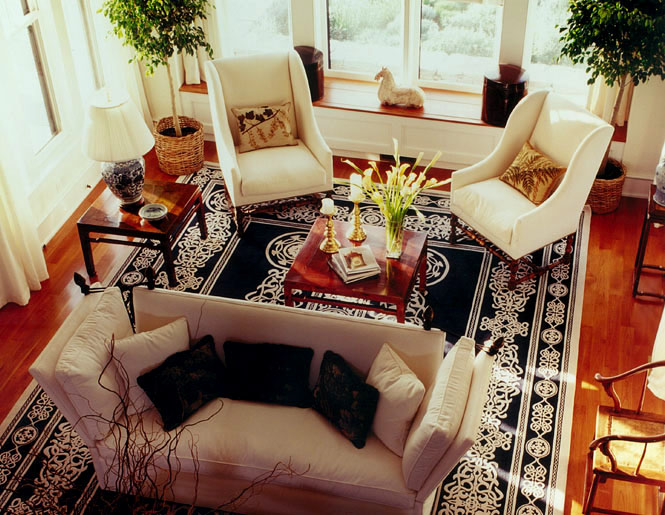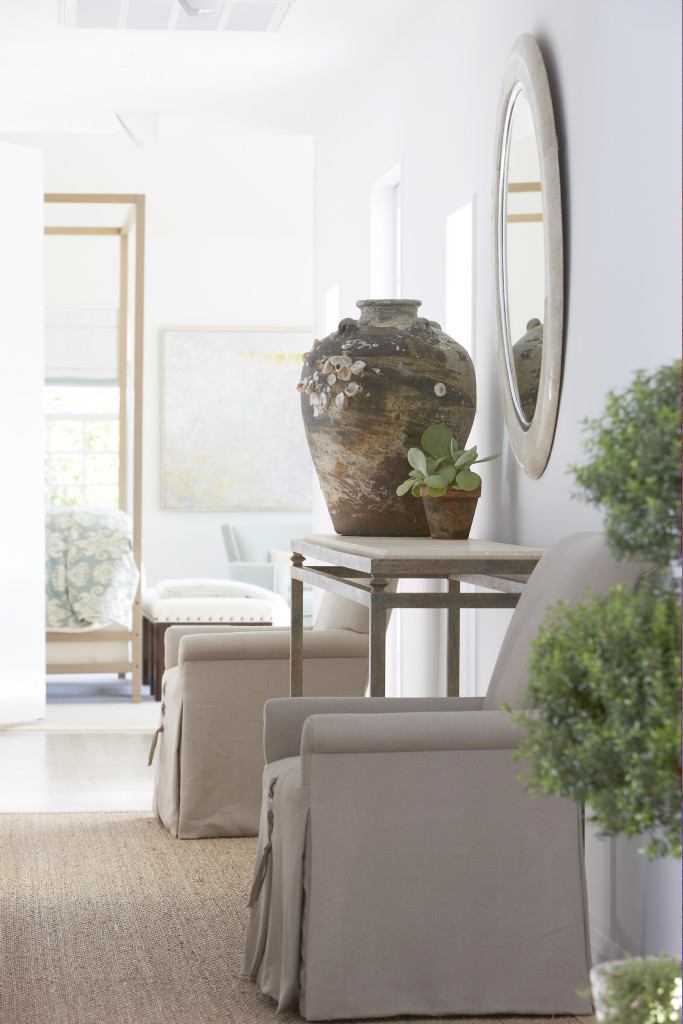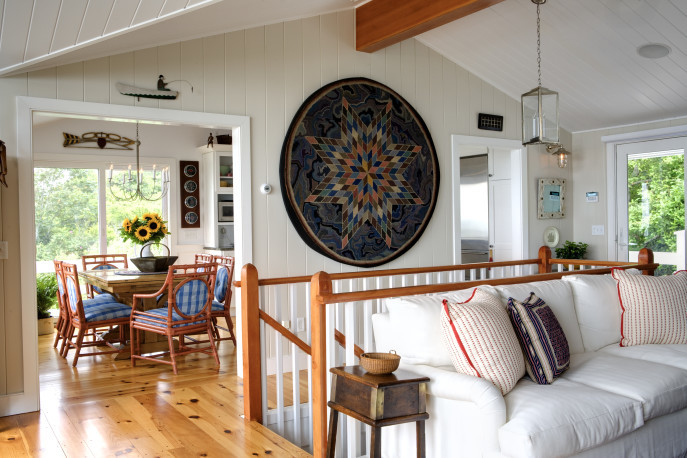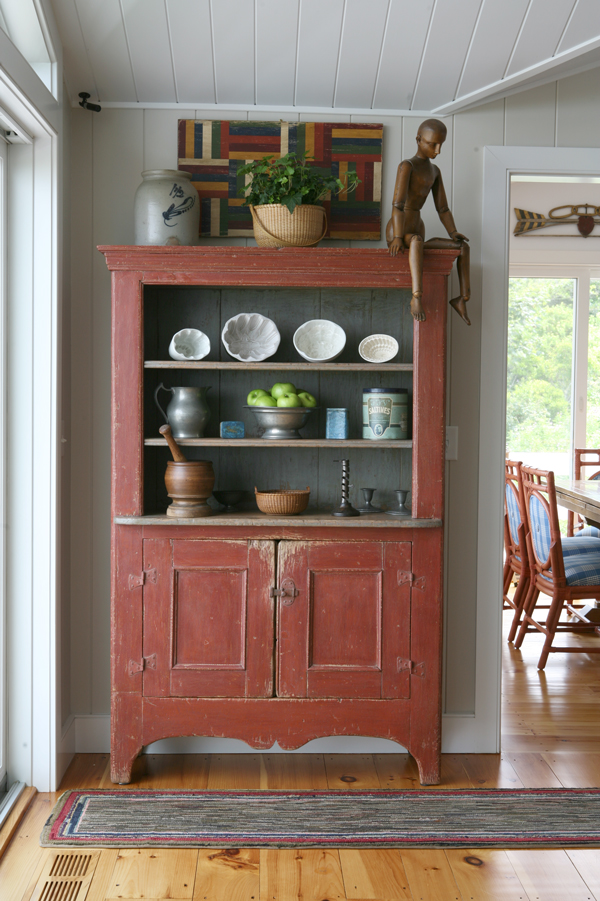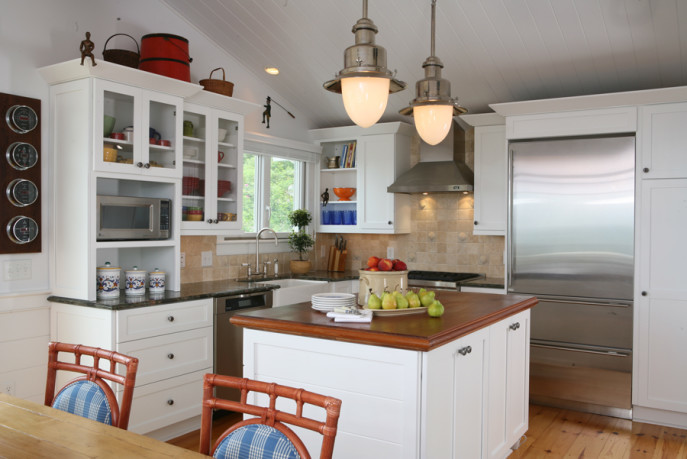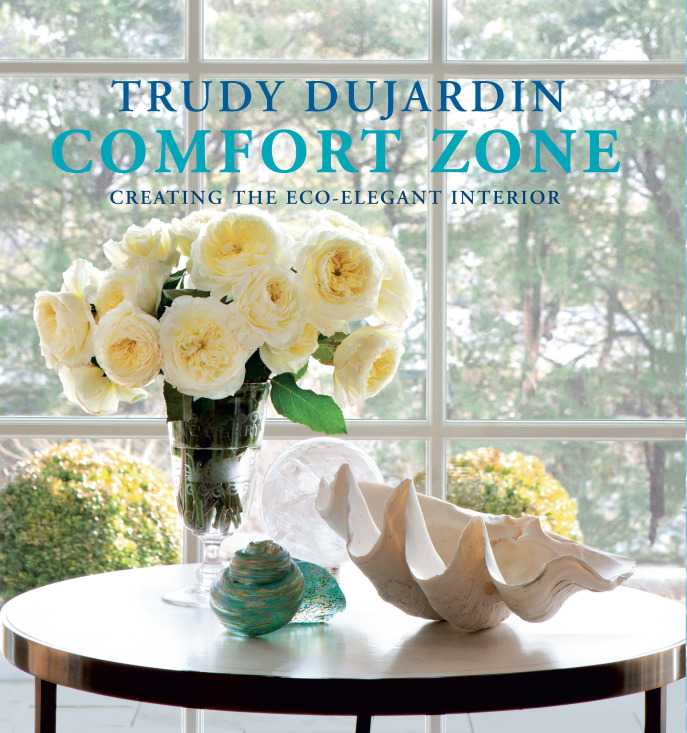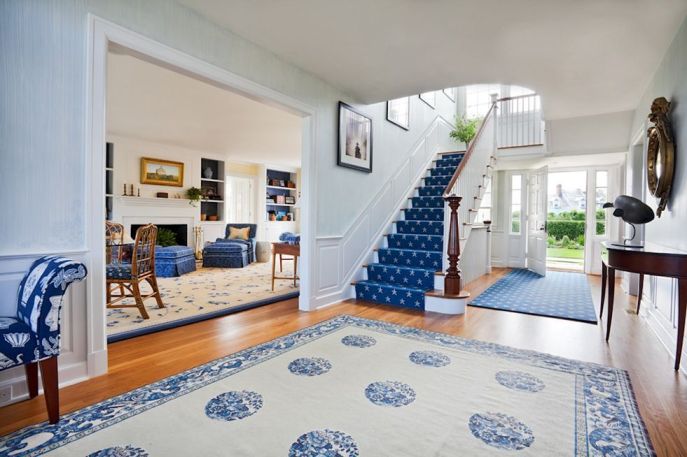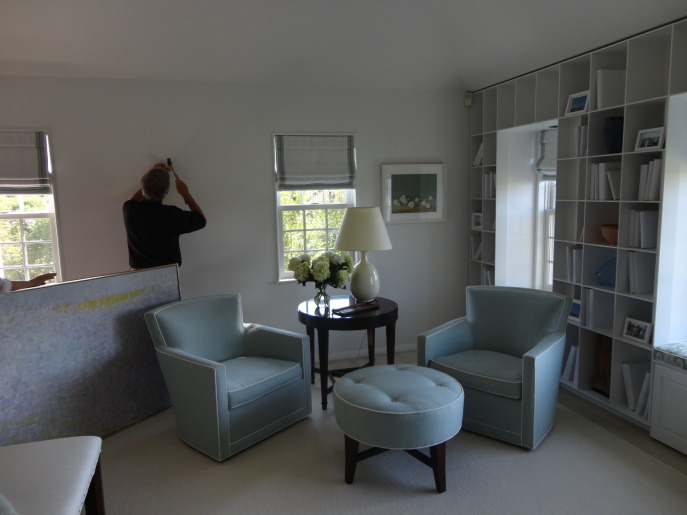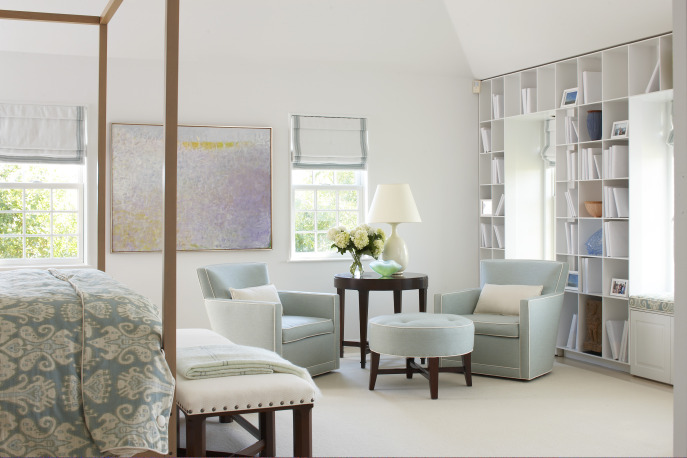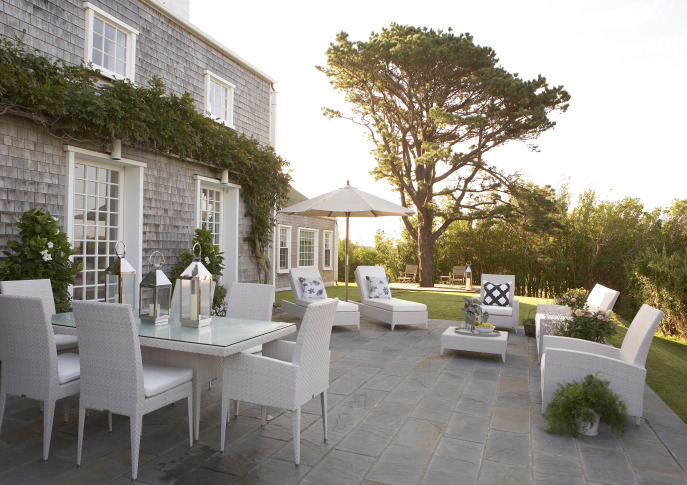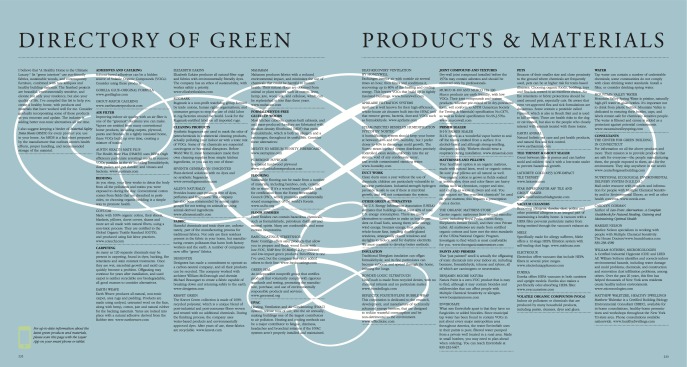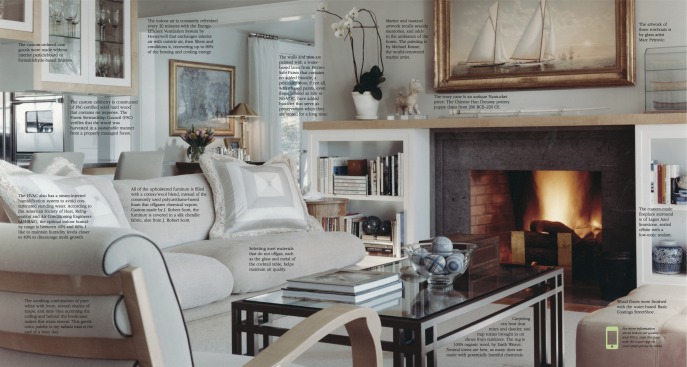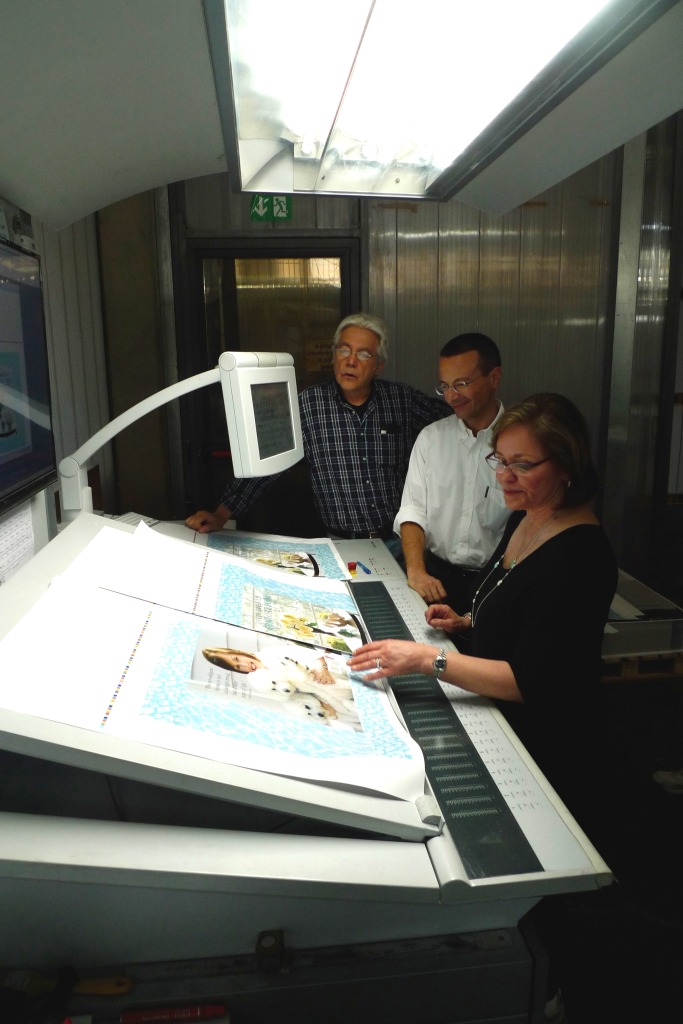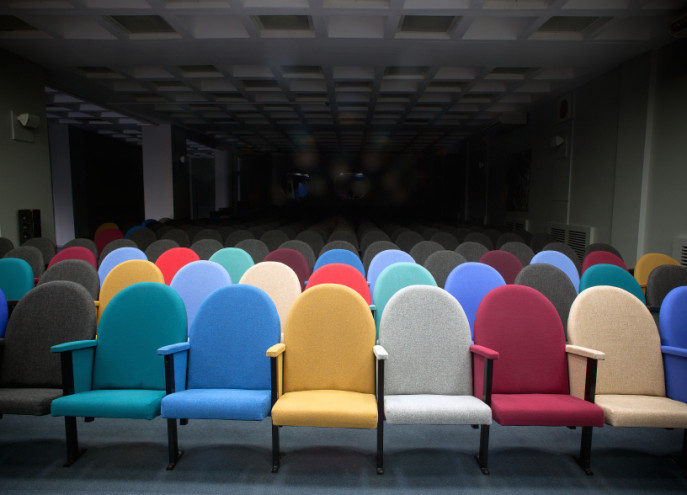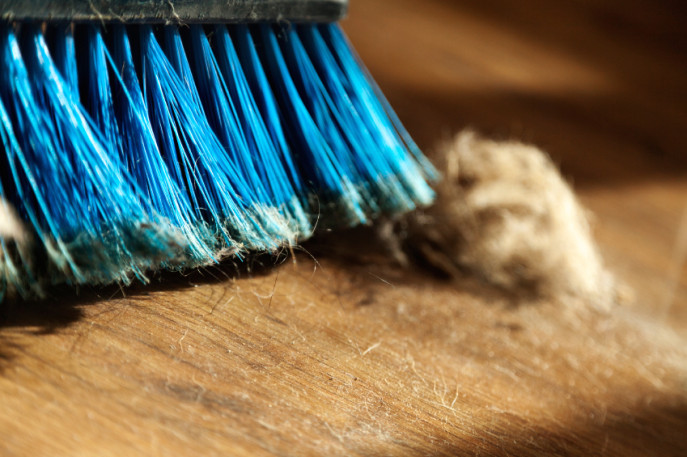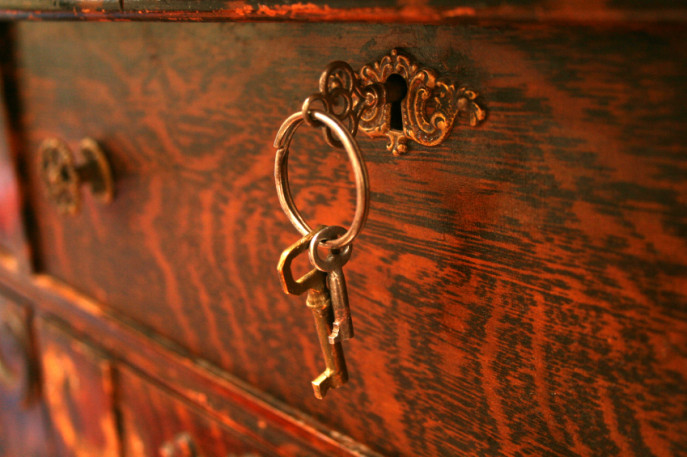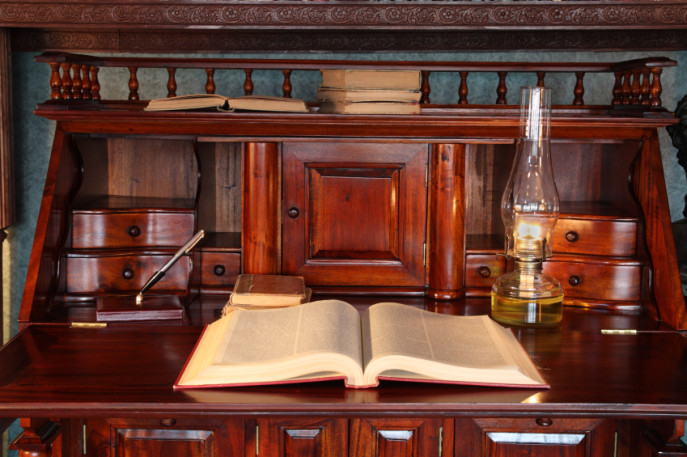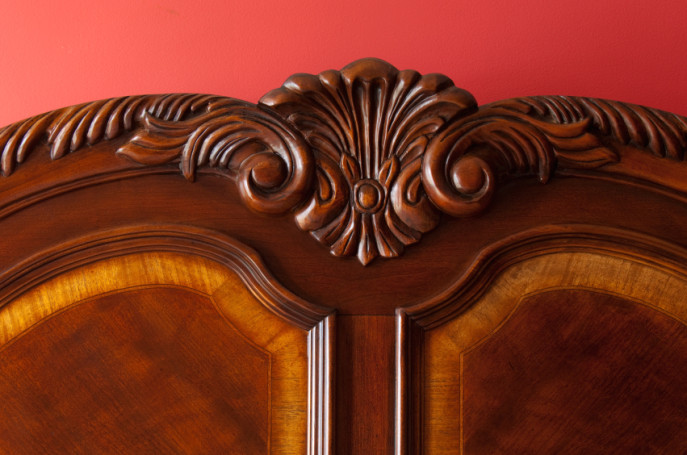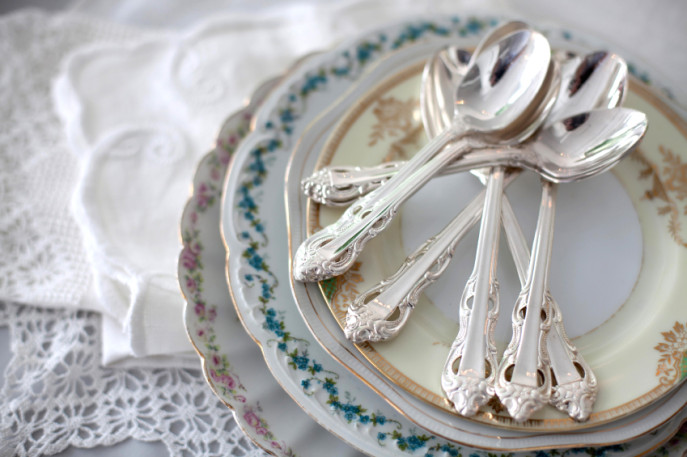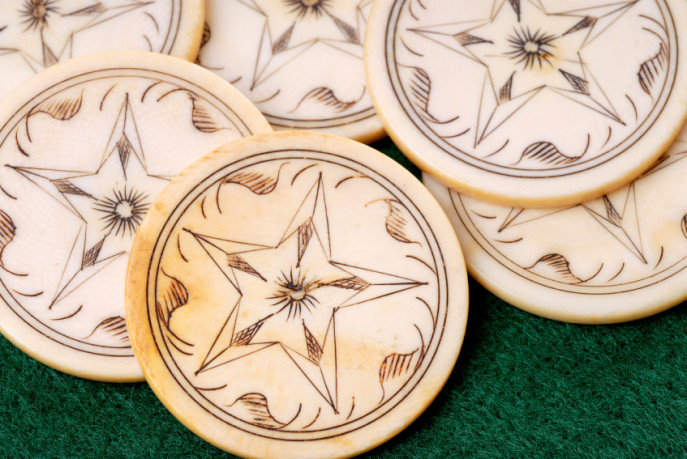
Spring has always been known as a time of renewal, as the earth is undergoing its annual season of regeneration. That’s why I chose spring as the time to introduce my newest client-focused service, Dujardin Design Green Consulting Services. This is a new way to work with me that focuses on the sustainable, “green” changes we can make together.
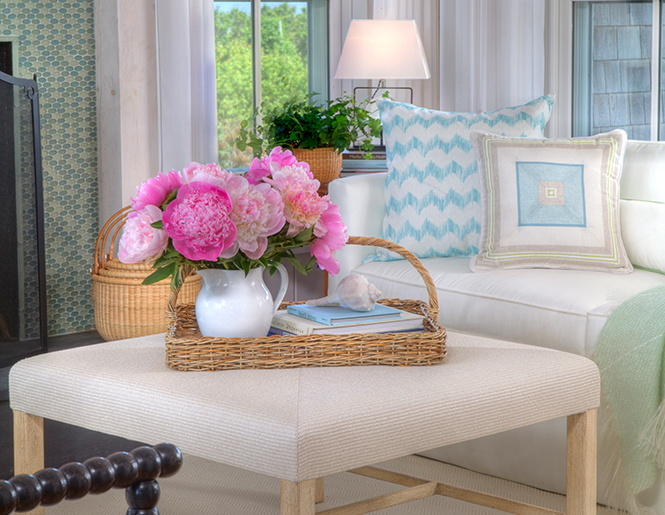
Improving our homes and lifestyles comes naturally in the spring, as we begin spring cleaning and look for renewal in body, mind, and spirit. There are risks posed to our health by the more than 80,000 untested chemicals used in our society, but we have an opportunity to create a sanctuary for ourselves and our families–one where the air is pure, and our exposure to potentially dangerous products is reduced, if not completely eliminated.
As a LEED-accredited Professional with a specialty in Interior Design and Construction (LEED AP + ID +C), as well as an ASID Fellow (FASID), and a Design Futures Fellow, I’ve made education a lifelong endeavor. I’m an interior designer as well as an adjunct professor, blogger, columnist, author and speaker. I’ve dedicated my life to creating distinctive interiors for my clients, while teaching people how to make their homes a place of sanctuary.

One by-product of “green” or “sustainable” design is healthy indoor air quality. One way I help my clients create clean air is by carefully choosing natural, organic furnishings and materials that have a minimal impact on the environment, both inside and out. Dujardin Design Green Consulting Services is the next step for me in helping people live more beautiful, healthier lives.
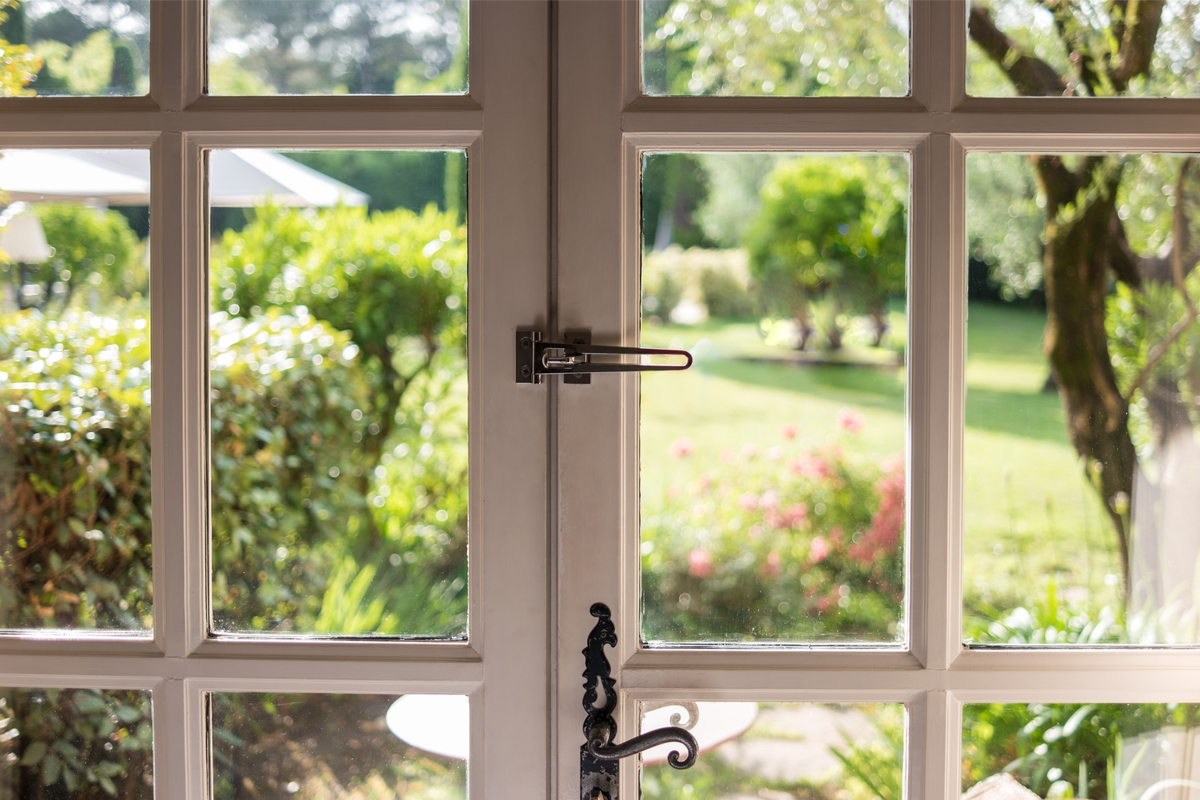
My design projects around the globe have shown me that vibrant health is yours to choose, and it begins at home! If you feel overwhelmed, fatigued, and stressed, your home may be contributing to your feeling of being out of balance. Volatile Organic Compounds (VOCs) may have accumulated in the well-insulated rooms, and stagnant air may be compounding their effects.

How do I know this? Years of exposure to highly chemical environments left me feeling less than my best. My own dip into ill health convinced me that there was SOMETHING I could do to help myself. Once I learned what it was, I wanted to help other people find the answer, too. That’s why I wrote my book, Comfort Zone: Creating the Eco-Elegant Interior.
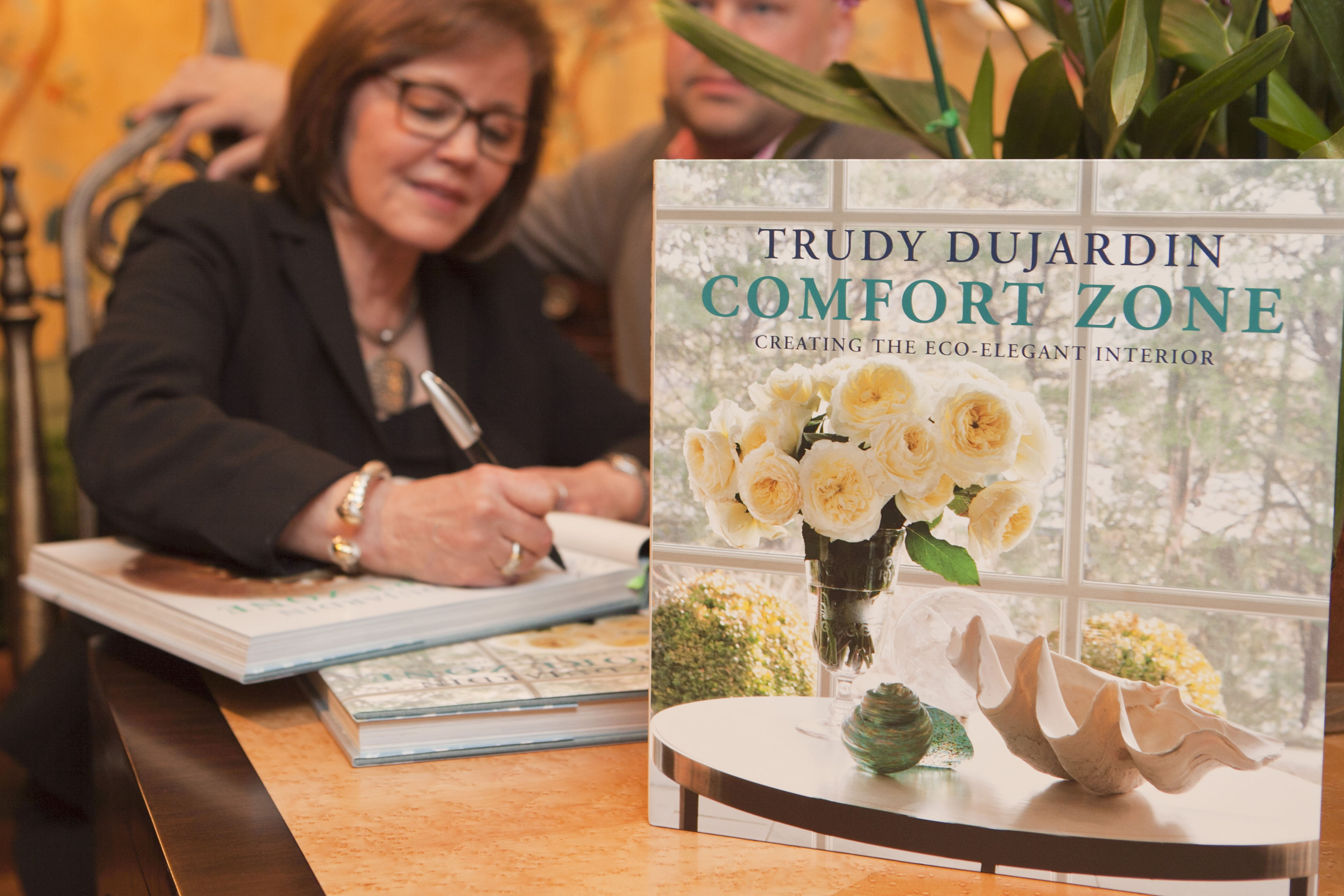
My new consulting services are designed to offer you the flexibility to make your home as eco-friendly as you wish, always combined with luxurious beauty and comfort. Three levels of design–light, medium, or deep green–let you choose just how sustainable you’d like your surroundings to be. Anything is possible, from choosing an organic fabric for throw pillows to a complete home design.
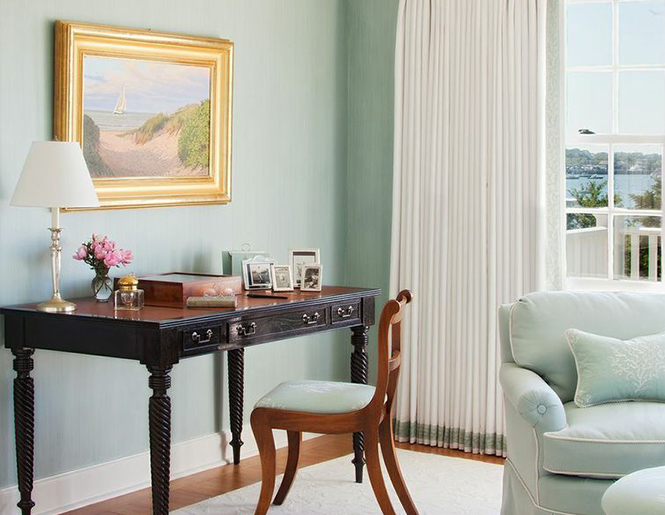
Photo credit: Jeff Allen
How we furnish our homes, what we choose to eat, what we buy to wear, and what we throw away all MATTERS! By being as intentional in your choices for your home as you are in your life, you’ll find a new surge of energy and happiness. You’ll eat better, sleep better, live better!
After working with me, clients tell me they love the new feeling of serenity in their homes. Some say it feels like a breath of fresh air!
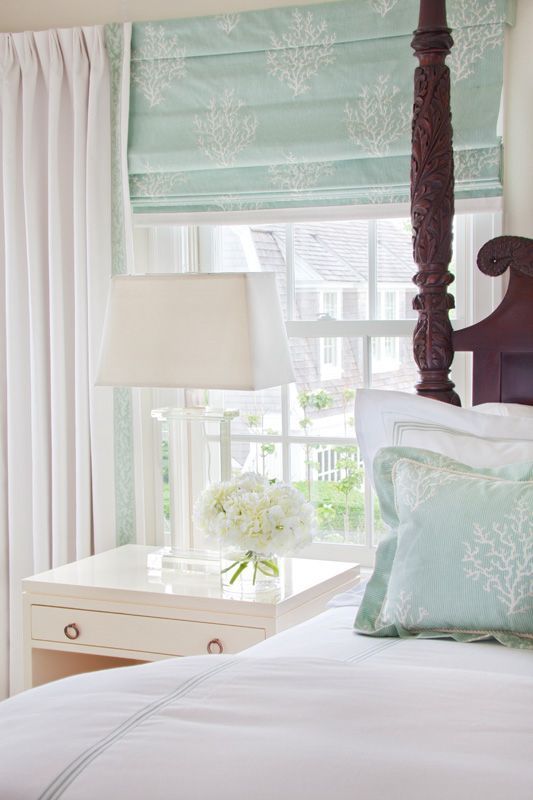
Come visit my website, where Dujardin Design Green Consulting Services are explained in more detail. Or call me for a free consultation that WILL change your life! My grateful clients tell me I improve and inspire their lives. I can’t wait to meet you and show you how I can help.
Westport CT
203-838-8100
Nantucket MA
508-228-1120


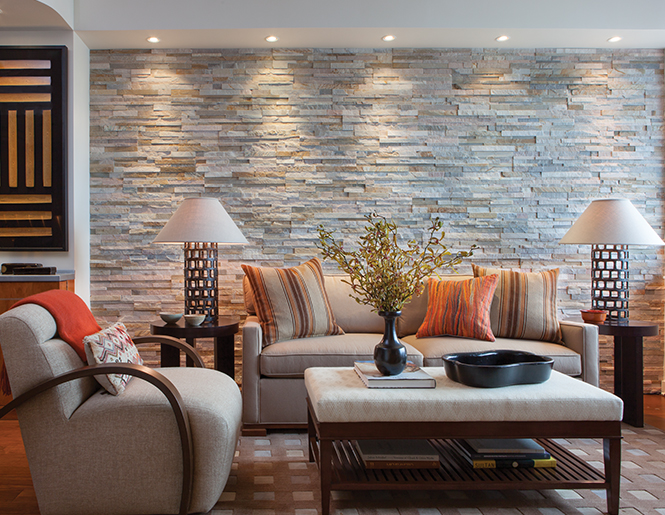



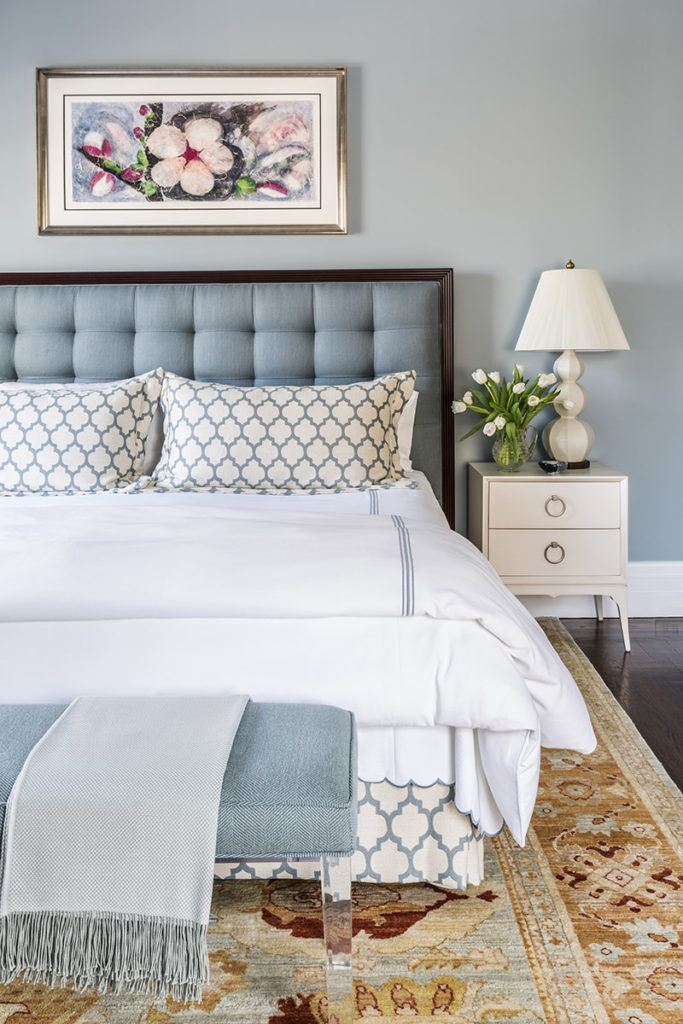
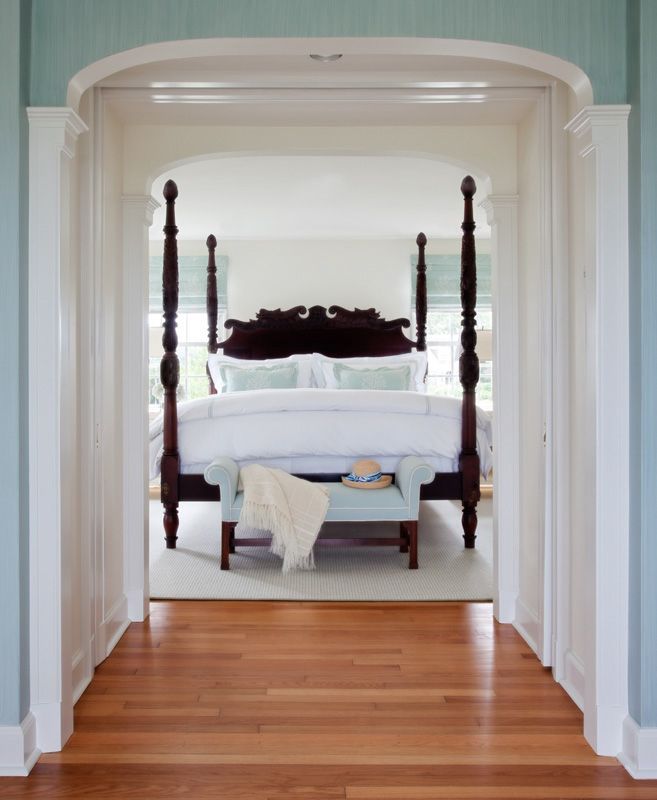
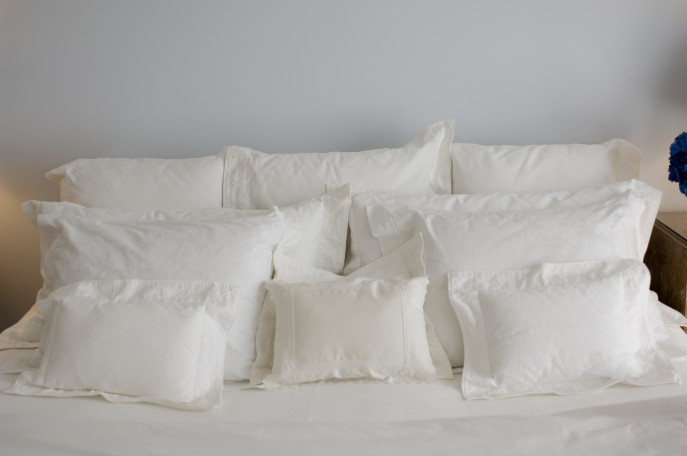

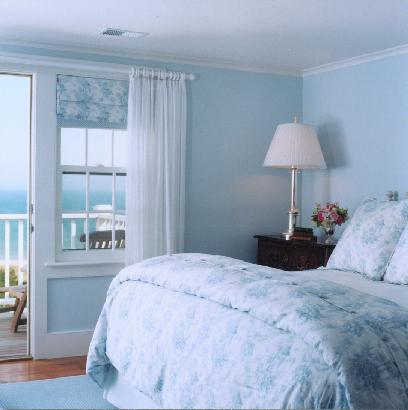
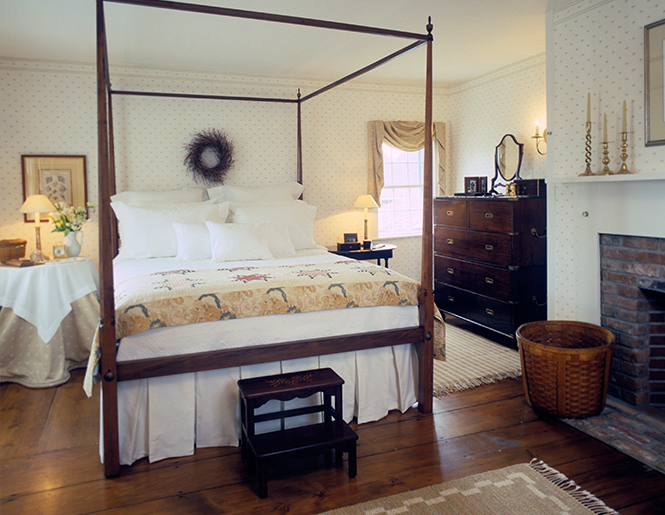
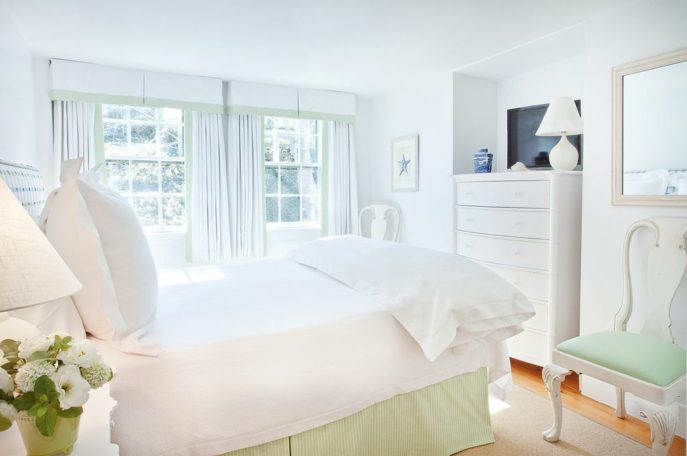
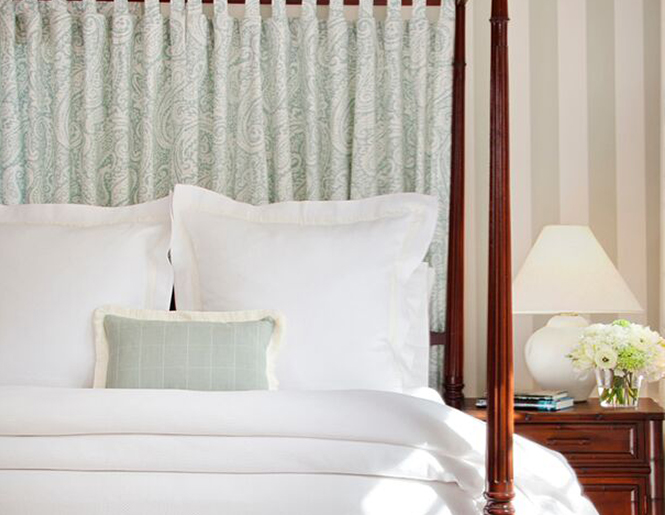

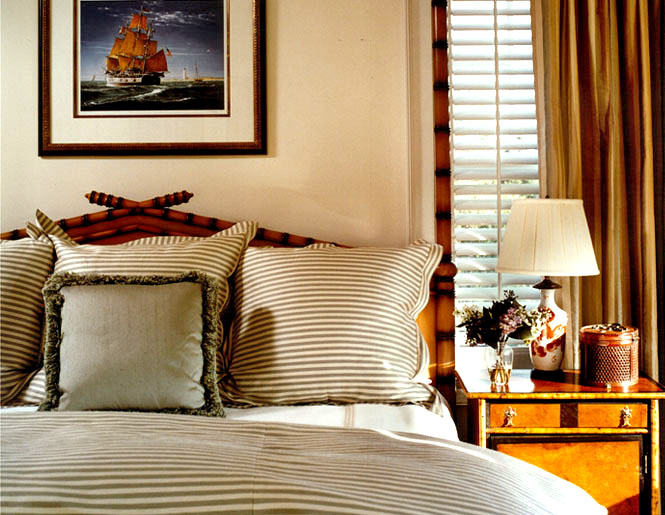
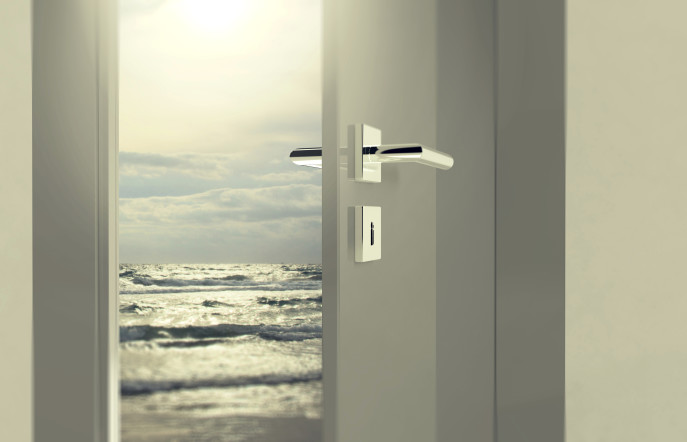 photo from istock
photo from istock